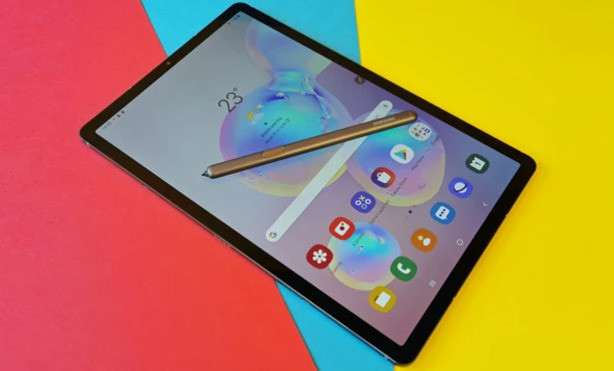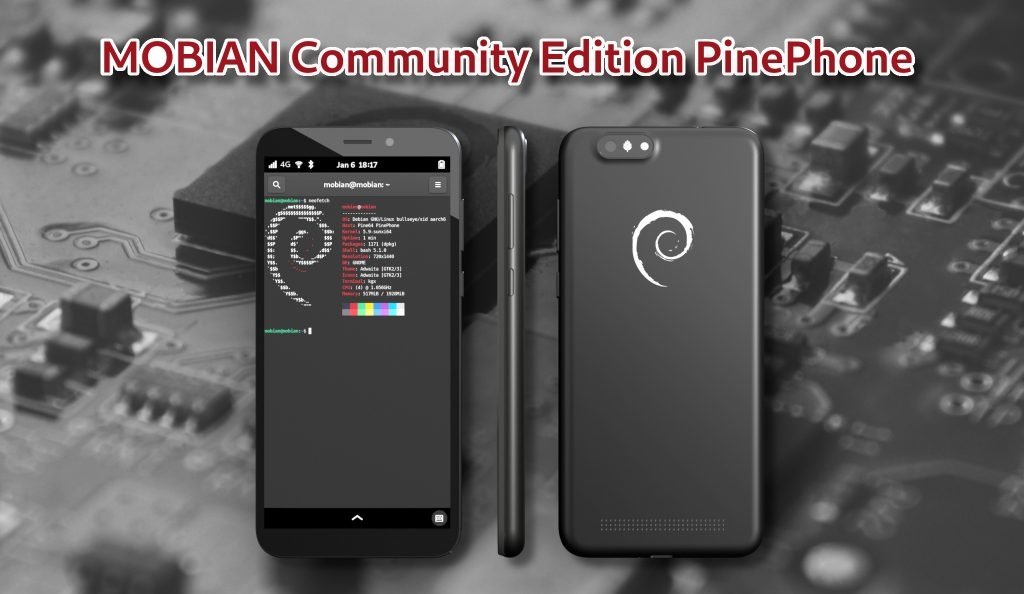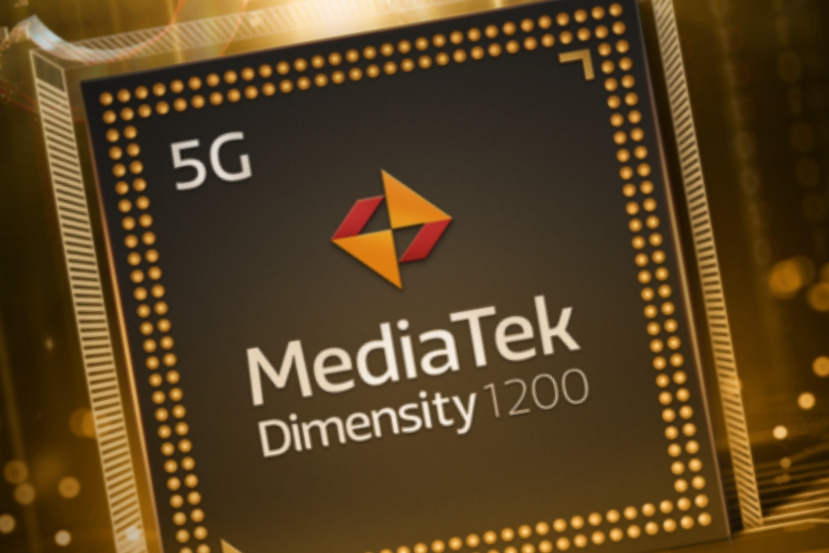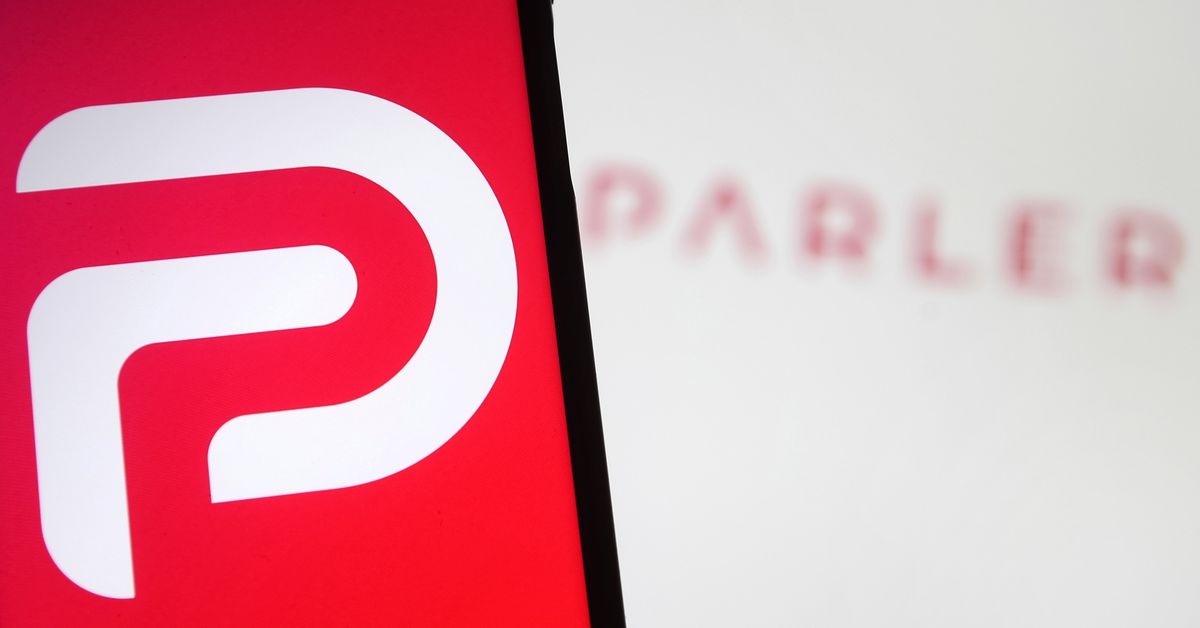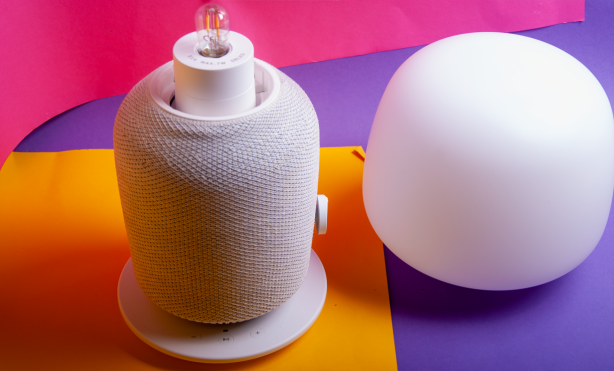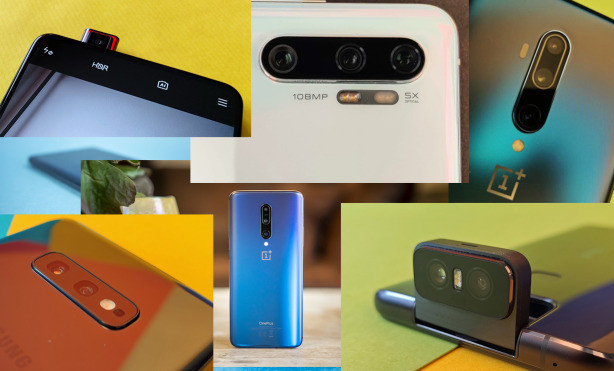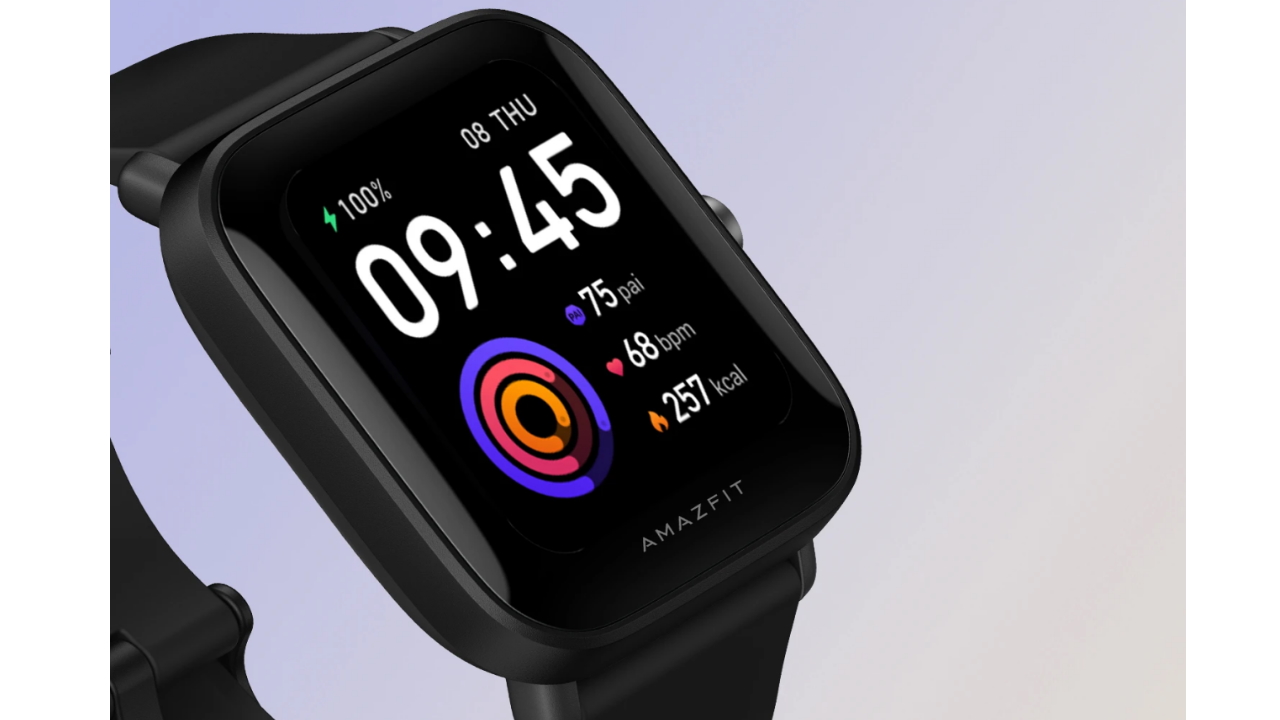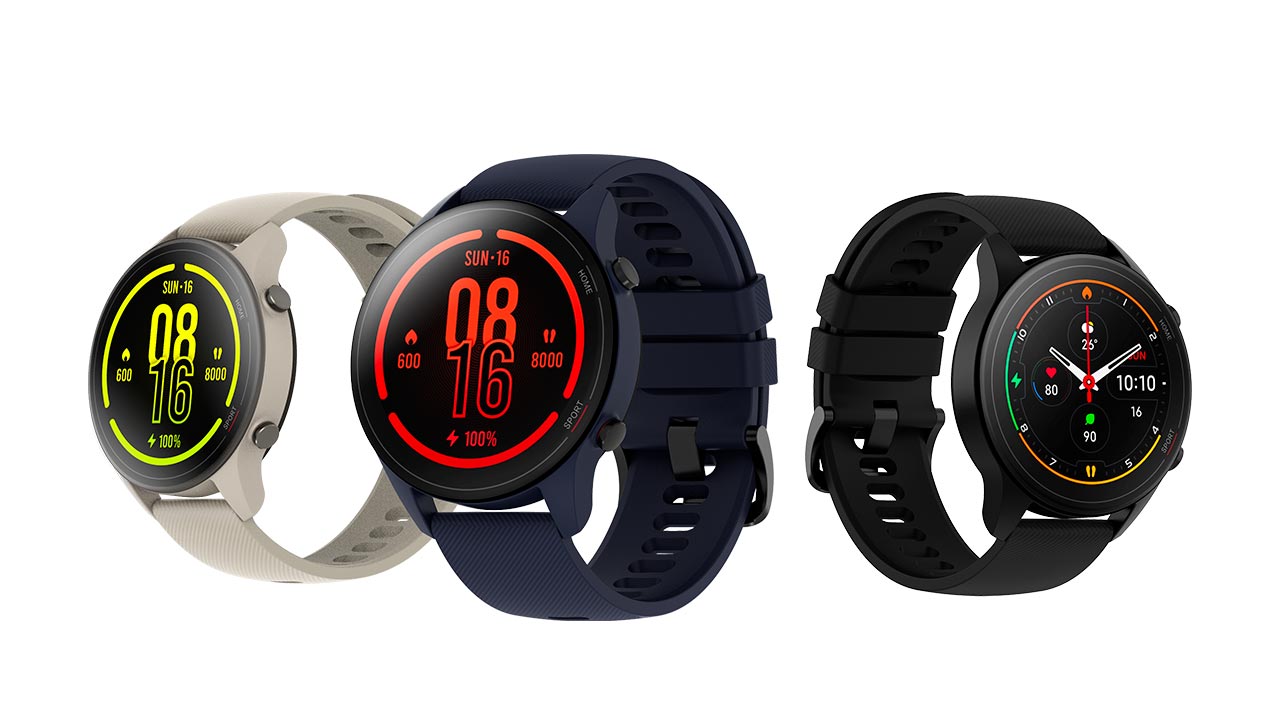(Pocket-lint) – Ask any cyclist what the first thing you should update on a bike is and they will invariably say the wheels. While that’s likely to give you the biggest performance upgrades, it’s hard to quantify that without the humblest of bicycle accessories, the bike computer.
Being of techy mind and body, we’d say that a bike computer is probably one of the first places you want to look to boost your riding experience, and Garmin has long been the leader of the pack. So how does the upper-level Garmin Edge 830 perform?
Design, build and mounting
- 2.6-inch colour touchscreen, 246 x 322 pixels
- Dimensions: 50 x 82 x 20mm / Weight: 79.1g
- Varied mounting options in the box
- IPX7 water protection
In terms of functionality, the Edge 830 is Garmin’s second-tier device, sitting under the Edge 1030 Plus and above the 530. The 530 is closely related – the biggest difference being the addition of touchscreen controls that you get on the 830 – but the design is essentially the same.
The Edge 830 isn’t the most compact thing around, but the bodywork is all there to support the 2.6-inch display as your visual gateway into a world of data and mapping.
The design is robust enough, with IPX7 protection, which means it won’t be bothered by rain showers or a soaking when you hit a big puddle. The waterproofing should mean it can withstand complete submersion in water, but that might dampen your ride a little. Having been caught in downpours and some winter floods, the odd soaking certainly doesn’t hamper this device’s performance – you don’t even need to think about it, as you might with an adapted smartphone in a holder.
The 830’s bodywork is a substantial polycarbonate with the front dominated by the display, but still carrying what a smartphone fan would class as bezel. We don’t think the Edge 830 necessarily needs to be smaller, but we do think that in future versions Garmin might aim to either fill more of the surface with display, or reduce that slightly for a more modern look.
The display is colour and while the resolution isn’t high by smartphone standards, it’s good enough to show the details you need. It’s an LCD, illuminated so you can see it easily, dimming in lower light conditions and powering off to save battery life if you use the power saving feature.
The body carries a power button on the left side, start/pause recording and lap buttons on the bottom, with a central cover opening up to reveal the Micro-USB connection that’s used for charging (USB-C and wireless charging next time please, let’s bring this kit up to date). The buttons mean you can use the device whatever gloves you’re wearing, although much of the interaction relies on the touchscreen.
There’s a twist mount on the rear of the Edge 830 with a number of mounts provided in the box, from handlebar or step mounts secured with the supplied bands, through to the out-front mount, which means you can move the computer out from your handlebars, which we find a better position for glancing when on the go – plus it means it’s not fighting against other handlebar-mounted devices.
The out-front mount has the advantage of allowing easy installation of the Charge Power Pack, which can clip onto the underside to extend the computer’s life by an additional 24 hours. As it is, the battery offers a realistic 15-20 hours of life, extending if you opt for the power saving mode that turns the display off (you can get it to communicate with a compatible smartwatch for at-a-glance views if you wish).
Installation is quick and easy, while removing the Edge is simply a case of twisting to release it. It can’t be locked in any way, but the Edge 830 supports Garmin’s alarm function, whereby you will get a notification if your bike is moved while you’re away from it – perhaps in a café, for example.
Connectivity, setup and Garmin Connect
- ANT+
- BLE/Bluetooth
- Wi-Fi
The biggest part of setup for the Edge 830 is connecting it to the wider world. The first aspect of this is smartphone connectivity and pairing with Garmin Connect is relatively straightforward. If you’re already a Garmin user – perhaps with a Forerunner for example – you have the advantage of being able to use the Physio TrueUp function to sync across devices so your efforts on one device are reflected in your stats on the other.
Garmin Connect plays a central part here, of course, and once connected to your phone, your details from Garmin Connect will sync to your Edge. If you’re new to Garmin, it’s highly recommended that you setup Garmin Connect in advance of linking to your devices, just to make everything smoother.
It would be nice to have more customisation through Garmin Connect. As it is, if you want to change the content on the display, you have to set that on the Edge device itself – it would be far slicker if that could be organised in Garmin Connect and synced to the bike computer instead.
The connection with your phone gives the advantage of not only syncing rides and data once you’re done, but allowing smart functions on your ride – like Livetrack via your phone’s data connection (so others can follow your live route, if you permit), notifications and, in some cases, quick replies to those incoming messages so you can keep in touch with people without reaching for your phone (note: this is only available to Android users).
The connection is generally solid, although we’ve had a few occasions where we’ve set out, seen Livetrack fail and had to stop to ensure that the phone and Edge 830 are properly connected before setting off again.
Garmin does get a little confused if you change your phone, in which case the fastest way to connect with the device is remove it from Garmin Connect and then treat it like a new device and re-pair it. As long as you don’t reset your Edge it will then just connect to your device, sync and carry on as normal.
On top of the Bluetooth connection that the Edge would use with your phone, there’s also Wi-Fi. This means that the Edge 830 can connect to your home Wi-Fi network to update without your phone doing everything. This will again let you sync data, as well as downloading routes.
More significant to its actual function, however, is the ability to sync with additional sensors. While the Edge 830 offers GPS, an altimeter and accelerometer which will provide most of the essential data, there’s support for Bluetooth and ANT+ sensors. This will mean you can use compatible sensors to provide more data, like heart rate, cadence or power – all of which are easily accommodated on the display of the device, and in the subsequent data analysis.
Mapping and routing
- GPS
- Cycling-specific basemaps
- Route syncing, rerouting
While much of the data you might want from a bike computer would be available from something like the Garmin Edge 130 Plus – which is a lot less cash – the advantage that something like the Edge 830 offers is in the route guidance and mapping. The device contains cycling-specific route maps, allowing on-device navigation and browsing.
You can, for example, open up the map on the device, find a place you want to go to and have it plot a route to get you there. It’s a little slow and you don’t get to preview or customise that route, but at least it’s there.
Navigation of the map when browsing is pretty good – you can drag it around and use the familiar pinch-to-zoom to adjust, but you lose the pinch zooming when you are actually following a navigation route. This makes it much harder to look around the map if you take a wrong turn or hit, for example, a closed gate on a private estate that the Garmin is trying to take you through.
Routes can be created or imported to Garmin Connect to sync to the Edge 830 too, as well as syncing from other apps, like Strava (although only the browser version of Strava currently makes this easy to do). Creating a route in Garmin Connect is easy, either creating an automated route in a particular direction for a given distance, or to somewhere specific you want to go.
Generally speaking it all works well, but we’ve found some anomalies – diverting you to an impractical cycle route over the main road that you’re on, routes through gates that are closed, some unpaved forest routes which don’t suit a road bike, and so on. Essentially, you need to be prepared to take a diversion, which is, again, why the lack of pinch-to-zoom during navigation is irritating.
Diversions and rerouting isn’t the fastest either. Often you’ll be asked to turn around repeatedly before you’ll eventually be given a new route – but it will find that route.
Overall mapping and directions is good, as is GPS, all on that glanceable big display so you can easily head out and explore. A top tip is to search for and save your home location, so you can easily sort out a return route if you decide you just need to get back home again.
Advanced features and functions
- Training and workouts
- Strava Segment support
Outside of routing and all that data collection there’s a lot more that the Edge 830 will offer. Part of the Garmin family, it will offer the sort of performance tracking and training guidance that Garmin’s running watches offer. That means you’ll get recommendations for your recovery time after a ride, the opportunity to log food or water consumption during a ride, and a report on what sort of training aims your ride achieved.
One element that’s slightly under-represented is Garmin’s Training Status. While those using Garmin’s running devices get a training status update from just a couple of runs, for cyclists you only get that if you have a power meter – and to calculate FTP (functional threshold power) you also have to ride with a power meter and heart rate sensor), so this is definitely a device that offers more as you add accessories.
- Best fitness trackers 2021: Top activity bands to buy today
You can structure workouts via your Edge, to ride indoors or outdoors, the former meaning you don’t have to worry about traffic on your intervals. The Edge 830 is compatible with smart trainers so you can pair your Wahoo Kickr with your Edge, for example.
There’s support for mountain biking, with integrated Trailforks routes so you can find something offroad to ride in your local area. There’s Strava integration too. Not only can you sync routes to the Edge, but you can setup Segments too.
This will let you compete against yourself or friends on Segments. That might spur you on to get a PB on a Segment, or be totally disheartened when you realise just how far off the pace you might be when you head out with a friend.
While Segments will give you a report of how far you have remaining and how far ahead or behind your target pace you are for a favourite stretch, Garmin will also give you guidance on climbs. This is automated, giving you the ClimbPro display when you hit a decent uphill stretch. It might help you balance your effort, showing how much further there is to climb.
What all this accounts to is a comprehensive offering for those who want to just ride, those who want data, as well as those who want to take things a little further.
Verdict
The Garmin Edge 830 is one of the most appealing in the Garmin cycling computer line-up. A slightly more affordable price than the leading Edge 1030 Plus, plus the touch functionality over the Edge 530, sees it sit in a sweet spot.
The performance is generally very good, too, but there’s clearly room for improvement in order to draw this bike computer closer to the excellent performance that people are used to from smartphones. Faster rerouting, better map navigation, an increase in display quality, and wireless charging, are all easy targets for Garmin’s product development team.
Writing by Chris Hall. Editing by Mike Lowe.

